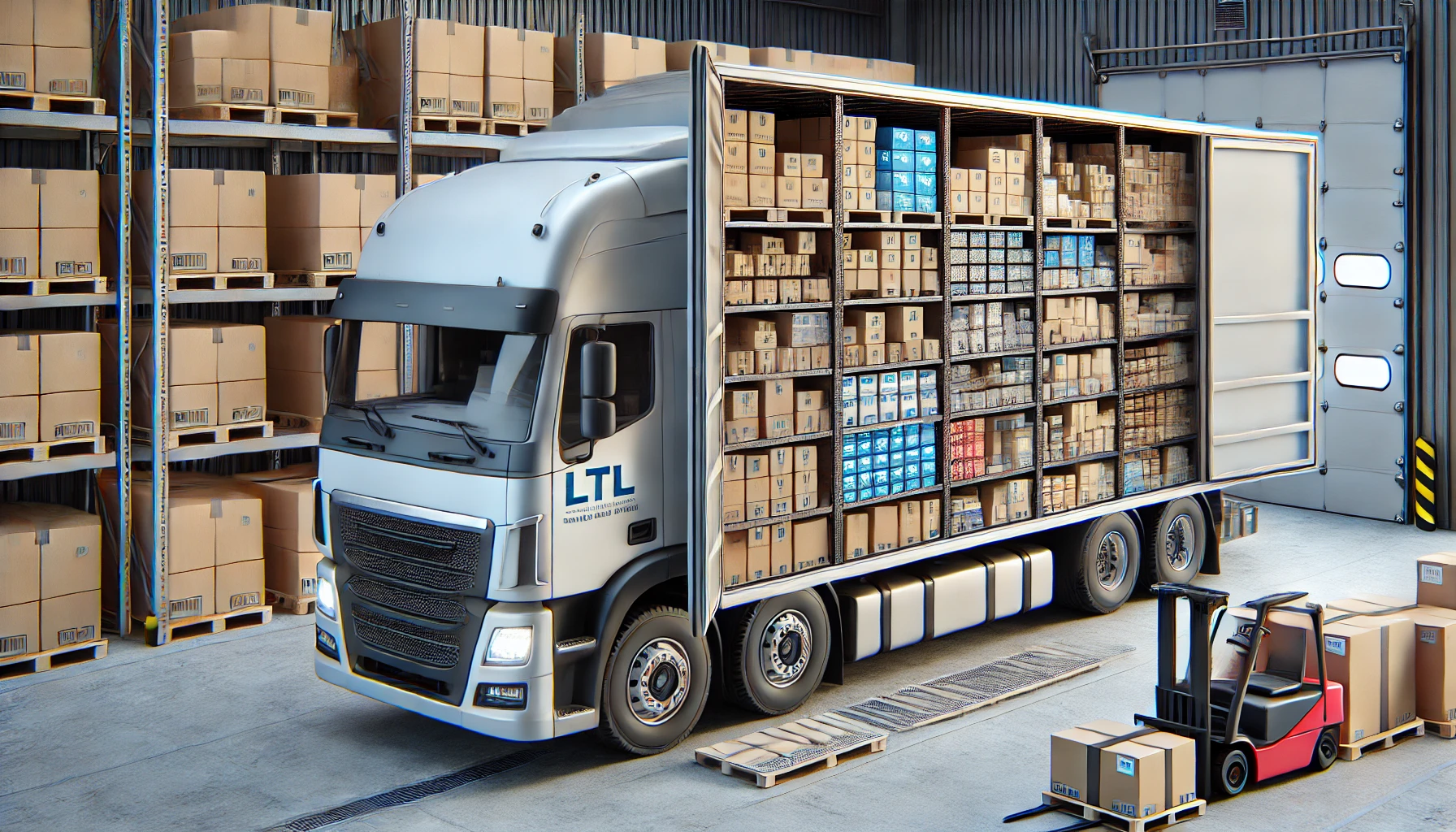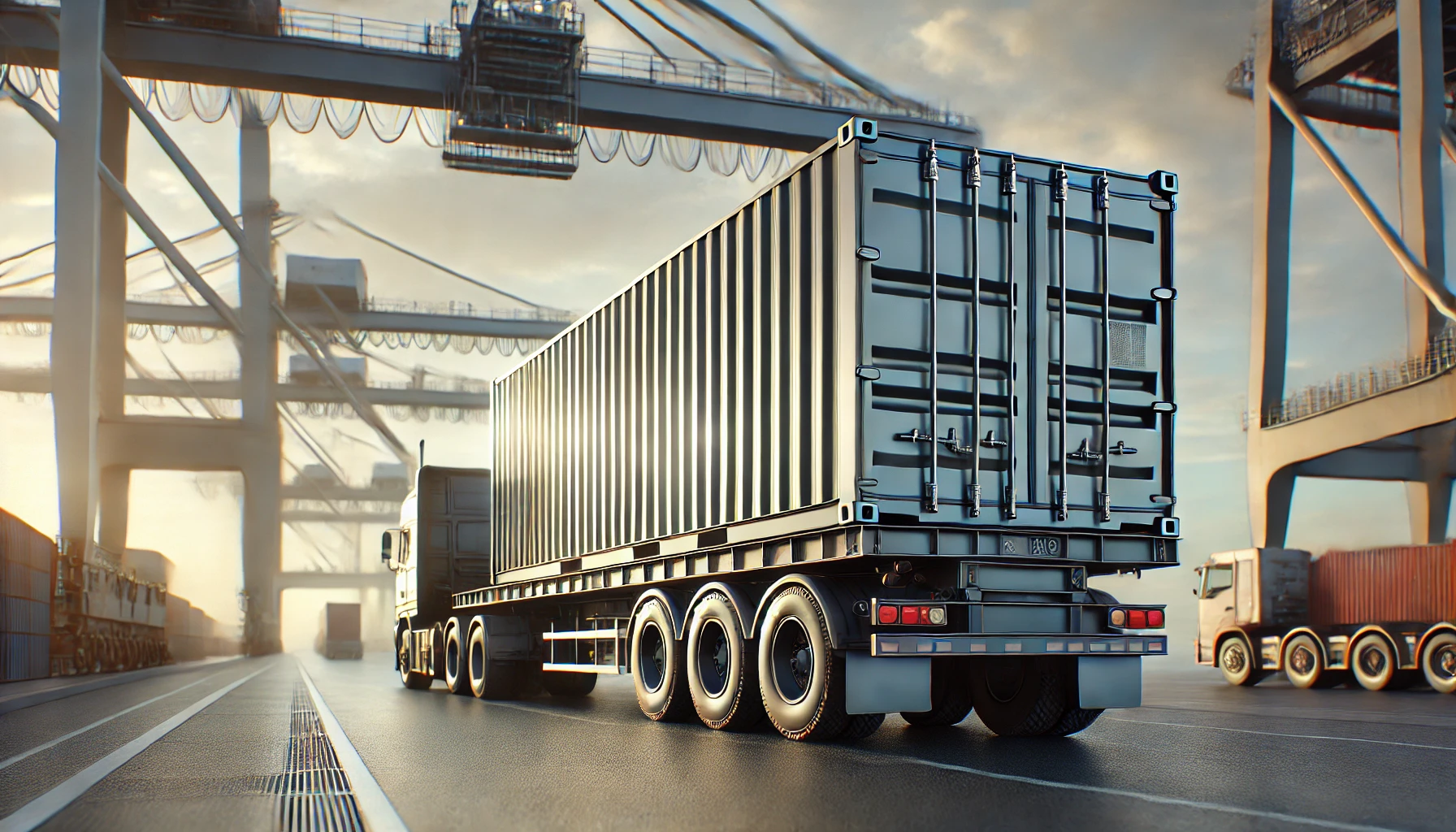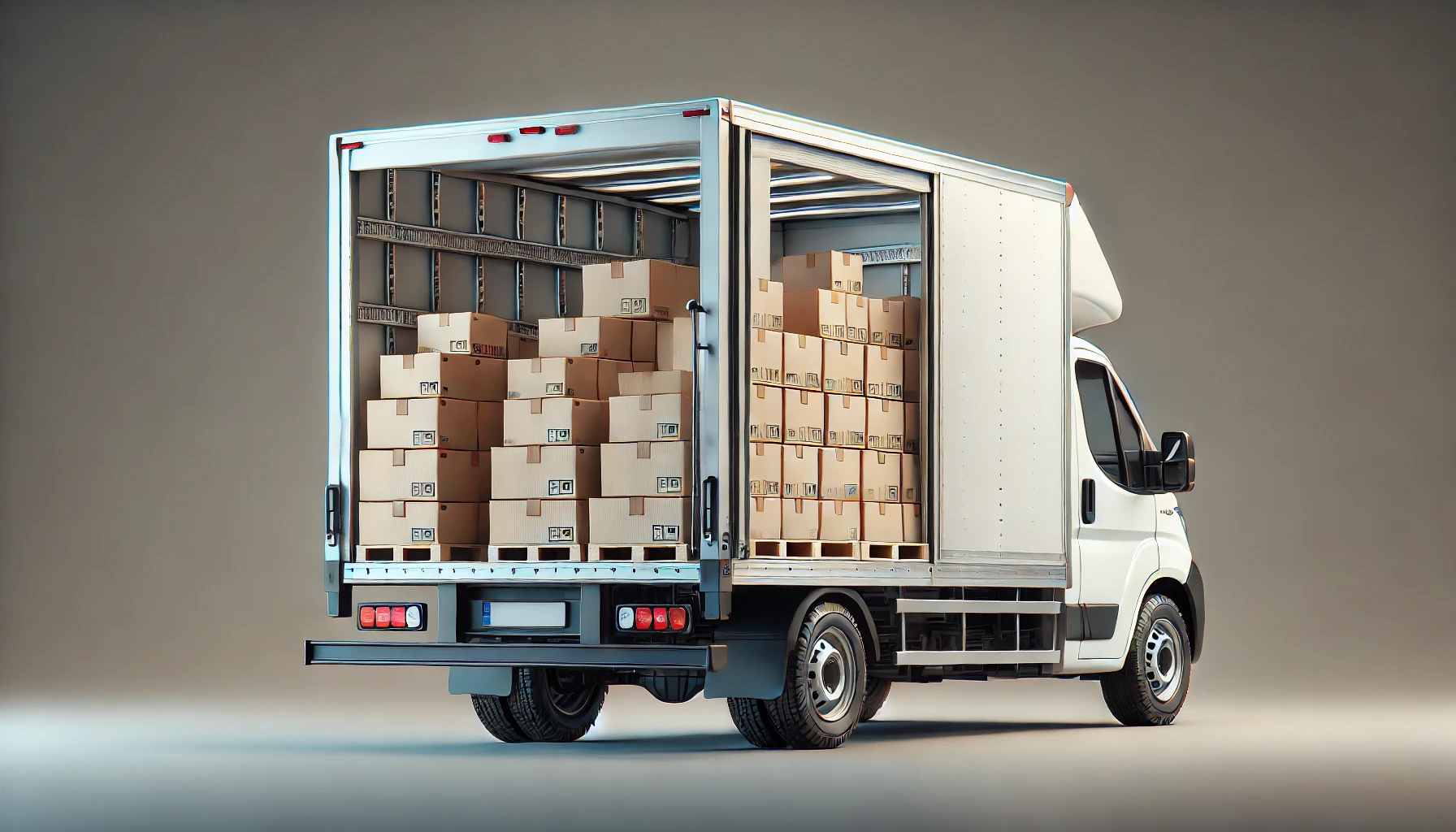Shipping Methods
Discover the different shipping methods available to transport your freight safely, efficiently, and cost-effectively.
Shipping methods refer to the way in which freight is transported from the pickup location to the delivery destination. The method you choose will depend on factors like shipment size, urgency, cost, and special handling requirements. Below are the key shipping methods available through FreightManager.
1. LTL (Less Than Truckload)

Definition: LTL shipping allows multiple shippers to share space on a single truck. Instead of paying for the entire truck, you only pay for the portion of space your shipment occupies. This option is ideal for small to medium shipments that don’t fill a full truck.
When to Use LTL?
- Your shipment is smaller and doesn’t require an entire truck.
- You’re looking for a cost-effective shipping option.
- You have flexible delivery dates and are not in a rush for same-day delivery.
Benefits of LTL
- Cost Savings: You only pay for the space you use.
- Eco-Friendly: Sharing truck space reduces the number of vehicles on the road, lowering emissions.
- Flexible Shipping: Ideal for businesses shipping smaller loads frequently.
A small business selling furniture ships five dining chairs from New York to Florida. Since the shipment doesn’t fill a full truck, the company uses LTL shipping to reduce costs by only paying for the space the chairs occupy.
2. FTL (Full Truckload)

Definition: FTL shipping is when a shipment takes up the full capacity of a truck. This method is often faster because the truck is dedicated to a single shipment, traveling directly from pickup to delivery.
When to Use FTL?
- Your shipment fills an entire truck (typically 24 to 26 pallets).
- You need direct, fast shipping with no intermediate stops.
- Your goods are high-value or sensitive and need secure, isolated shipping.
Benefits of FTL
- Faster Delivery: Direct route from origin to destination.
- Fewer Handling Stops: The shipment is never unloaded or handled mid-route, reducing damage risk.
- Dedicated Truck: No co-loading with other customers, ensuring your goods are transported in isolation.
A retailer needs to ship 24 pallets of electronic appliances from a warehouse in California to a retailer in Texas. The shipment fills the truck, so they use FTL to ensure fast, direct, and secure delivery.
3. Container Shipping

Definition: Container shipping involves placing goods in a secure metal container that can be transported by sea, rail, or truck.
When to Use Container Shipping?
- You’re shipping internationally via sea freight or intermodal transport.
- You need to protect goods from weather, theft, or physical damage.
- Your shipment is large, and you want it sealed for maximum security.
Benefits of Container Shipping
- Weather Protection: Goods are sealed and protected from rain, snow, and wind.
- Secure Transport: Containers are locked and tamper-proof, preventing theft.
- Versatility: Containers can be transported by truck, ship, or train, making it easy for multi-modal transport.
A manufacturer needs to ship 1,000 units of large furniture to Australia. The furniture is loaded into a 40-foot container, sealed, and shipped via sea freight. It remains secure during transit and is transferred to a truck at the port for final delivery.
4. Small Parcel / Box Shipping

Definition: Small parcel shipping is used for smaller packages and items that can be shipped via courier services like UPS, FedEx, or USPS.
When to Use Small Parcel Shipping?
- You’re shipping small, lightweight items.
- You need residential or door-to-door delivery.
- Speed and tracking updates are important to you.
Benefits of Small Parcel Shipping
- Door-to-Door Service: Delivery is made directly to residential addresses.
- Trackable: Customers can track their package in real time.
- Cost-Effective: Best for small, lightweight packages.
A customer orders a laptop online. The retailer ships it using small parcel shipping.
Summary of Shipping Methods
| Shipping Method | When to Use | Best For |
|---|---|---|
| LTL (Less Than Truckload) | Small to medium-sized shipments that don't fill a truck. | Cost-effective shipping of smaller loads. |
| FTL (Full Truckload) | Large shipments that fill a truck or need fast, direct transport. | Large, time-sensitive shipments requiring direct routes. |
| Container Shipping | Large-volume, international, or multi-modal shipments. | International shipments and secure transport. |
| Small Parcel / Box Shipping | Small packages (under 150 lbs) for residential delivery. | Residential deliveries, small eCommerce orders. |
Ready to Transform Your Freight Experience?
Sign up today and discover how simple and efficient freight management can be with FreightManager.
Get Started